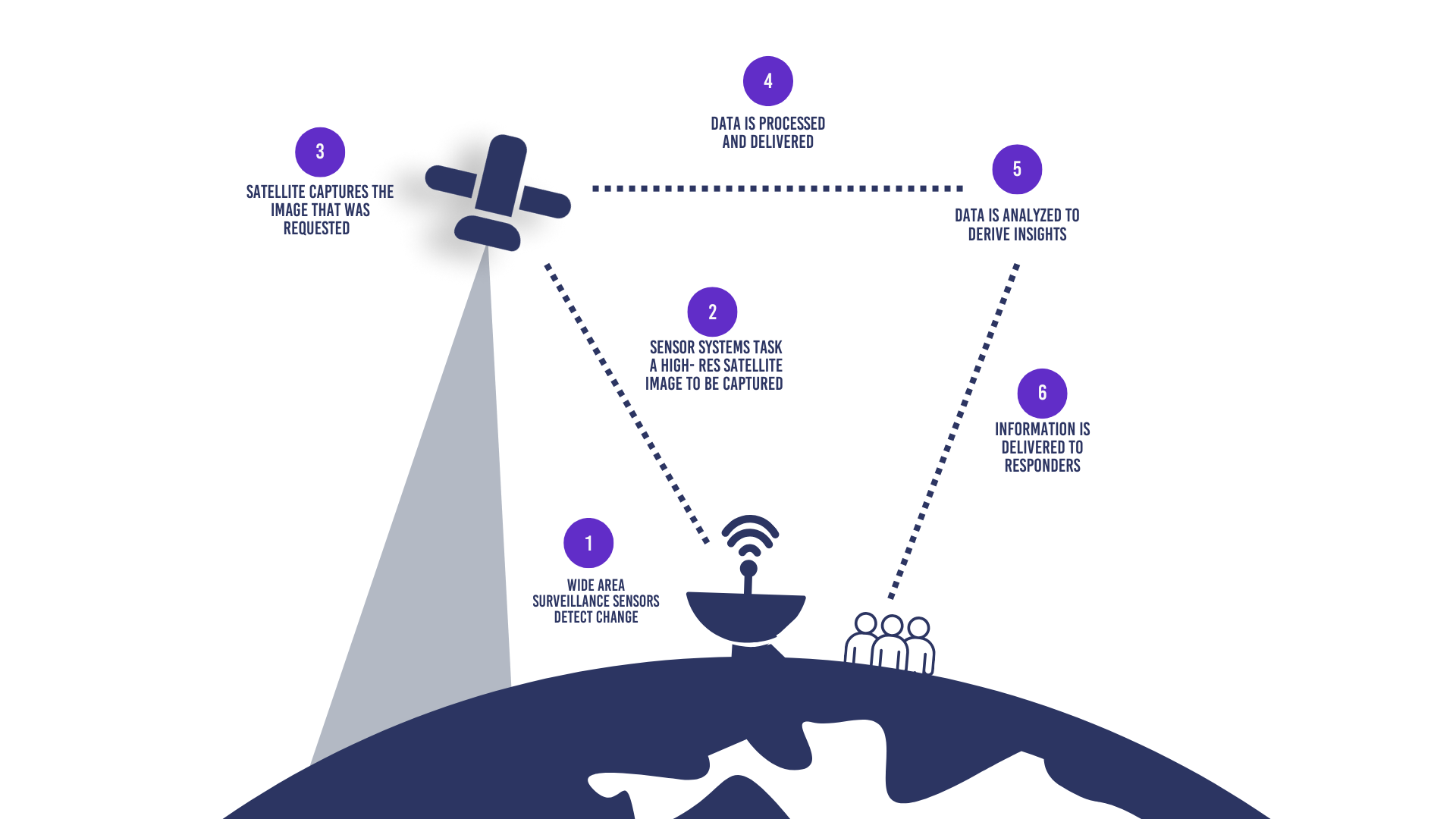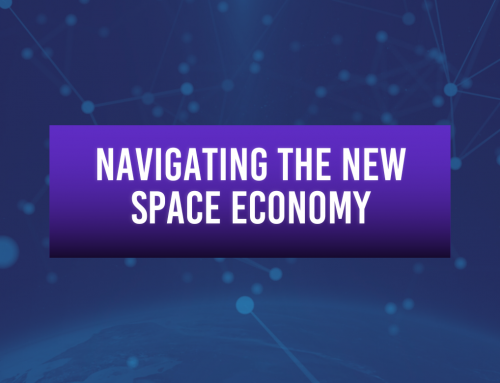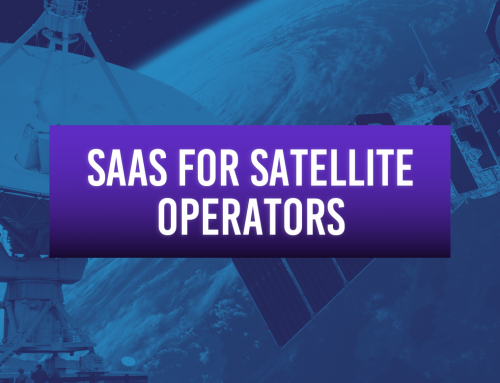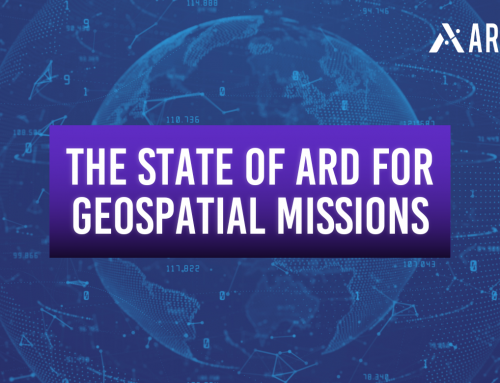Maximizing Satellite Constellation Utilization: The Role of SaaS in Efficient Tasking and Automation
As a satellite operator, tasking can be a labor and time intensive process. When a customer submits a tasking request, there are many considerations and actions to ensure their needs are met. Historically, this has been a very time consuming process for both operator and customer. However, the rise of software as a service (SaaS) infrastructure has provided a solution to maximize satellite constellation utilization by bridging the gaps between customer and operator, enabling more efficient tasking with automation.
Taking the Human Out of The Loop
To complete a customer’s tasking request, typically there is a sequence of phone calls or back and forth email chains. Not only is this a time consuming process for both the operator and the customer, it also requires the attention of valuable team members. By the time all of the information is gathered, the pricing is agreed upon and the tasking request is approved, there is then a long wait time for the imagery to be delivered. This process is inefficient and frustrating, impacting the quality of the customer experience.
New SaaS infrastructures have attempted to address these inefficiencies to maximize the value of satellite tasking operations. By providing direct access to satellites and constellations through a single platform, SaaS enables customers to place and track tasking orders all on one platform. Similarly, satellite operators can manage and fulfill orders within that same platform. Fully automated satellite tasking makes it easy for customers to task satellites without having to talk to a customer service representative every time they want to place an order. This improved responsiveness and time-efficiency is important to create a great experience for the people that will take your data and build incredible solutions out of it.
How SaaS Supports Tip and Cue Systems

Tip and cue is a useful tool to effectively monitor large areas of interest. The process implements both low resolution and high resolution sensors to capture data that is then used to inform a particular response. Automation of satellite tasking is key to this process. SaaS provides the infrastructure to integrate both low and high-resolution sensors so that when a low resolution sensor identifies a change, a high resolution capture by another satellite in the constellation is promptly scheduled. The data that is captured, processed, and analyzed by all sensors can easily be accessed through a single SaaS platform to deliver timely insights for more efficient resource allocation and decision making.
Case Study
Take a look at bushfire management and response. During the hot and dry months, bushfires ignite around Australia. Efficient response and management of these fires helps to mitigate the impacts on native habitat, residential areas, and infrastructure. SaaS programs can integrate with various ground sensors and EO technologies to collect near-real time data. These tools help to create a clear picture of bushfire dynamics, enabling responders to assess risk and allocate resources efficiently.
Unlike traditional systems, which rely on manual processes and are subject to human delay or error, SaaS platforms automate key processes from initial detection to data analysis and delivery. For example, we can use the tip and cue process outlined in the previous section. When a sensor detects a lightning strike or other ignition signal, a satellite can be automatically scheduled to capture an image of the bushfire area. This imagery data can then be processed, analyzed with AI tools, and then delivered directly to responders in the field. Automation with a SaaS-based program saves valuable time and resources in bushfire management, ultimately contributing a more effective tool to addressing one of Australia’s most prominent ecological events.
The Scalability of Multi-Satellite Operations
Between 2024 and 2033, it is estimated that 5,401 earth observation satellites will be launched. Many of those will be part of multi-satellite operations. To support these growing satellite constellations, SaaS infrastructure is offering solutions to help manage the incoming data. Having a platform that works with your operations and can scale to accommodate an influx of new data, helps to balance demand, priority, and standardization requirements. Additionally, an efficient order management software will optimize operations. A centralized platform is not only cost-effective, but it reduces order fulfillment delays and creates a seamless customer experience.
As the industry continues to evolve, SaaS will play a pivotal role in advancing how automation, tasking, and multi-satellite constellations are handled. Whether it’s supporting critical applications such as bushfire monitoring or streamlining tip and cue processes, SaaS provides the tools needed to maximize the potential of satellite constellations.
Can SaaS help to commercialize your satellite data? We explore that question and more in Part 3 of our satellite operator series. Stay Tuned!
Want to keep up-to-date?
Follow us on social media or sign up to our newsletter to keep up to date with new product releases and case studies.




